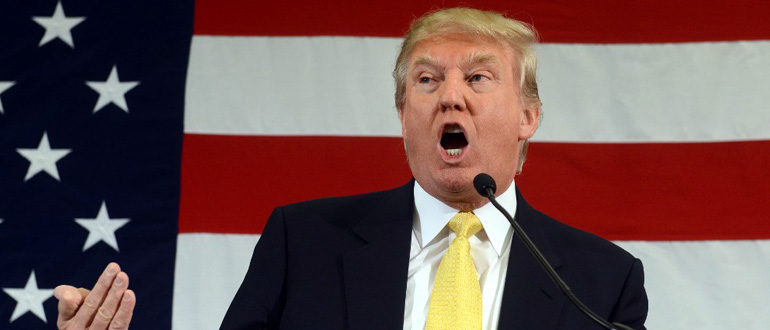Washington | WTNS | Oct 01:U.S. President Donald Trump has unveiled a 21-point plan aimed at ending Israel’s two-year military campaign in Gaza, which has left over 66,000 Palestinians dead and more than 168,000 injured since October 2023. The plan draws heavily on a proposal by former UK Prime Minister Tony Blair and calls for a ceasefire, removal of Hamas from power, the creation of a temporary technocratic government, and the return of humanitarian aid at pre-war levels.
Under the plan, Gaza would be governed temporarily by a committee of Palestinian technocrats supervised by an international body, potentially led by Blair. Hamas members would be granted amnesty if they agree to peaceful coexistence, and residents would not be forced to leave the territory. Aid deliveries, currently restricted, would resume at about 600 trucks per day, distributed by international organizations such as the UN and Red Crescent.
Immediate ceasefire & frozen lines
A halt to all military operations; “battle lines” remain in place while agreements are implemented.
Hostage-prisoner exchange
Within a short time frame (often 48–72 hours), return of Israeli hostages (alive and deceased), in return for many Palestinian prisoners.
Israeli withdrawal & security perimeter
Israel would begin staged withdrawals, according to agreed milestones. However, the plan allows Israel to keep a security perimeter or buffer presence until Gaza is considered secure.
Transitional governance & international oversight
Gaza would be governed temporarily by a technocratic, apolitical Palestinian committee under supervision by a “Board of Peace” (chaired by Trump, with figures such as Tony Blair proposed).
Demilitarization / disarmament
Hamas (and other militant factions) would have to decommission weapons, destroy tunnels and military infrastructure, and accept oversight by monitors.
International Stabilization Force (ISF)
A multinational force (from Arab and international partners) would be deployed to assist internal security, train new Palestinian police, and help enforce demilitarization.
Aid, reconstruction, development
Massive aid flows to Gaza, rehabilitation of infrastructure (water, power, hospitals, roads), and creation of a special economic zone to spur investment.
Right of return / population policy
The plan claims no one will be forced to leave Gaza; those who leave may return. The plan encourages Palestinians to remain in Gaza (rather than mass displacement).
Pathway (conditional) toward Palestinian statehood
The plan is vague on immediate recognition of Palestinian statehood, but leaves open a future horizon for statehood once reforms are enacted.
Guarantees & regional involvement
Arab states and international actors would guarantee compliance, and the U.S. would lead on diplomacy, oversight, and support.
Israeli Prime Minister Benjamin Netanyahu has signaled support for the plan, but past agreements have been undermined by last-minute changes from his government. Hamas says it has not received any formal proposal. Analysts say the plan faces major obstacles, including lack of trust, enforcement challenges, and ongoing Israeli attacks, which in the past 24 hours killed at least 50 Palestinians and injured 184 more across Gaza.



